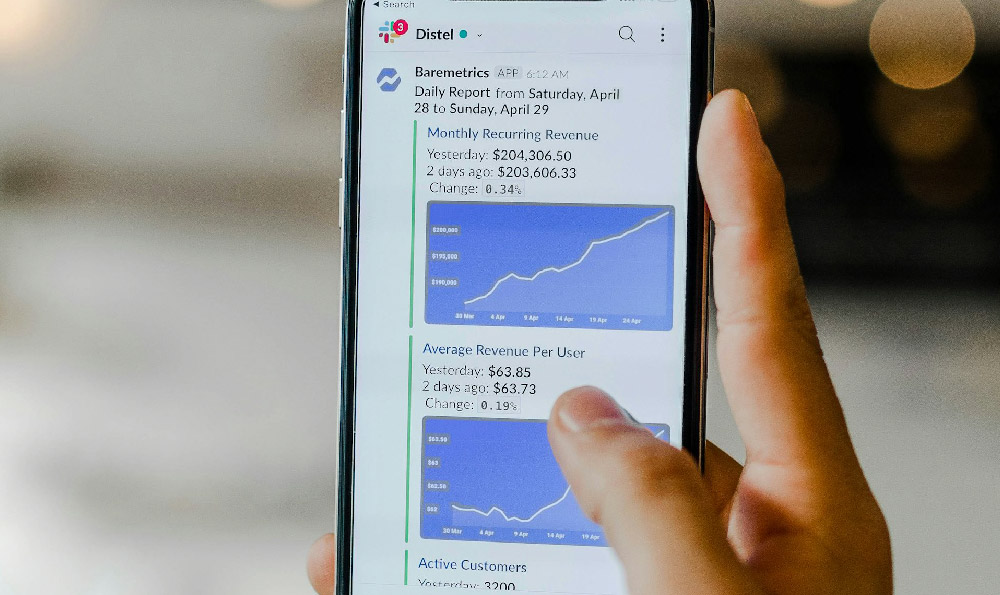Making money, especially quickly, is a goal many share, but it's crucial to approach this topic with a realistic and responsible mindset. The phrase "easy money" often conjures images of instant riches, but the reality is that sustainable and ethical wealth creation typically requires effort, knowledge, and sometimes, a degree of risk. While overnight success stories exist, they are the exception, not the rule.
Instead of focusing solely on "easy" or "fast" methods, it's more productive to explore strategies that offer a balance between potential return and realistic effort. These strategies can be broadly categorized into active income generation and passive income generation. Each approach has its own set of advantages and disadvantages, and the most suitable option depends heavily on your individual circumstances, skills, and risk tolerance.
Active income involves trading your time and skills for money. This is the most common way people earn a living, and it offers a relatively predictable and consistent income stream. However, active income is limited by the number of hours you can dedicate to work. To increase your active income, consider focusing on skills that are in high demand and command higher hourly rates. This could involve learning a new trade, taking online courses to upgrade your professional abilities, or pursuing certifications that demonstrate your expertise.

One potential avenue for increased active income is freelancing. Numerous online platforms connect freelancers with clients seeking a wide range of services, from writing and graphic design to web development and virtual assistance. If you possess a skill that's marketable online, freelancing can be a flexible and lucrative way to earn extra money. Successful freelancing requires self-discipline, effective communication, and a commitment to delivering high-quality work. Building a strong portfolio and establishing a positive reputation are crucial for attracting clients and securing repeat business.
Beyond freelancing, consider leveraging the "gig economy." Opportunities abound in areas like ride-sharing, food delivery, and task-based services. While these gigs may not offer the same level of income as professional freelancing, they provide flexibility and can be a good option for supplementing your existing income or earning money during your free time. Remember to factor in expenses such as gas, vehicle maintenance, and self-employment taxes when evaluating the profitability of gig economy work.
Turning existing assets into income-generating tools is another avenue to explore. If you own a spare room or property, consider renting it out through platforms like Airbnb. This can provide a steady stream of passive income with relatively little ongoing effort. Similarly, if you own a vehicle that you don't use frequently, you could rent it out through a car-sharing service. These strategies allow you to capitalize on assets that would otherwise be sitting idle.
Passive income, on the other hand, aims to generate revenue with minimal ongoing effort. This is often the ultimate goal for individuals seeking financial freedom, but it typically requires an initial investment of time, money, or both. Building a successful passive income stream is not an overnight process; it takes planning, execution, and patience.
One of the most common forms of passive income is investing. Investing in stocks, bonds, or real estate can generate dividends, interest, or rental income. However, it's crucial to understand the risks involved before investing any money. Conduct thorough research, diversify your portfolio, and consider seeking advice from a qualified financial advisor. Remember that all investments carry some level of risk, and there's no guarantee of returns.
Creating and selling digital products is another popular way to generate passive income. If you have expertise in a particular area, you could create an online course, ebook, or software program and sell it through online platforms. This requires an initial investment of time and effort to create the product, but once it's created, it can generate income for years to come. Marketing and promotion are essential for driving sales and ensuring that your product reaches its target audience.
Affiliate marketing is another passive income strategy that involves promoting other people's products and earning a commission on each sale. This requires building an audience and establishing trust with your followers. Choose products that are relevant to your audience and that you genuinely believe in. Building a successful affiliate marketing business takes time and effort, but it can be a lucrative source of passive income.
Creating content on platforms like YouTube or blogs can also lead to income generation. While it requires consistent effort to create engaging content, it can provide a sustainable income through advertising revenue, sponsorships, and affiliate marketing. Building a loyal audience is key to success in this area. The content should be valuable and entertaining, and consistent posting schedules help keep your audience engaged.
It's important to be wary of opportunities that promise unrealistic returns with little or no effort. These are often scams designed to prey on people's desire for quick money. Always conduct thorough research and exercise caution before investing in any opportunity that seems too good to be true. Remember the adage: if it sounds too good to be true, it probably is.
Ultimately, generating income, whether active or passive, requires effort, planning, and a degree of risk. There is no magic bullet or guaranteed path to riches. Focus on developing valuable skills, building assets, and creating systems that generate income over time. A combination of active and passive income streams can provide a more stable and sustainable financial future. Remember to manage your finances responsibly, avoid debt, and invest wisely.












